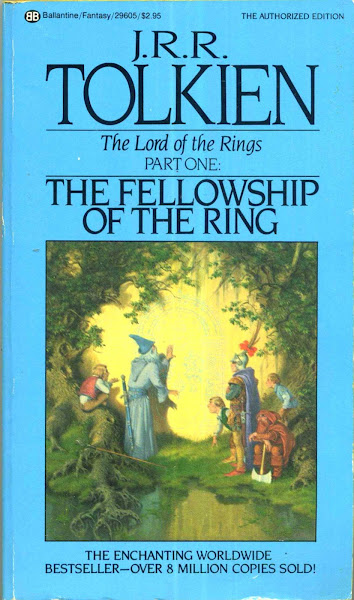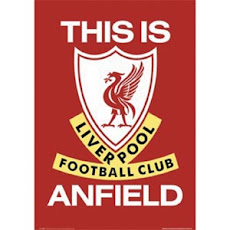This appears in the Monday August 8, 2011 edition of the Business Mirror.
UFL Cup to kick off with smashing changes
by rick olivares
When the United Football Cup kicks off this coming October, there will be noticeable changes to the ten-year old United Football League.
The biggest change and a welcome development for the Philippines’ premier football league is they will be carried either by broadcast giant ABS CBN or the up and coming TV5 with one live match being shown once a week. “A handsome television deal will really help spark the growth of local and grassroots football,” beamed Randy Roxas, President of Football Alliance, the body that runs the UFL.
Roxas also marveled at the growth of local football from when the time he was playing top striker for club team PCSO (and Pepsi before that). “I used to get PhP2,500 a month (back in the 1990s) just playing football. Now, players can actually make as much as Php50,000 a month,” said a nonplussed Roxas. “It’s amazing and it is good for the sport because now there is a structure for a real professional league for players to look forward to after their college careers.”
The league will be expanding its first and second divisions while the upcoming Cup competition will be open to other non-UFL teams. “You want the first division to contain the best clubs in the country and by expanding teams, you provide room for growth and a sense of urgency,” expounded tournament director Phil Hagedorn. “Of course you reward the teams that will be promoted but like in any other league. But each team will play at least 25 matches which is beyond the requirement of the Asian Football Confederation.”
Added Roxas, “The only difference now is that the cup no longer is used as a seeding mechanism to determine who goes to first and second division for the league. That was the case only for the first year. The only possible exemption this year is because of the expansion plan. We will leave it to the clubs to decide whether our proposed structure to determine who fills the last two slots on the first division will be accepted. We are also opening the cup to more teams so we may end up with a total of 32 teams, 16 of which are from the UFL. The ultimate idea is to create intense, sustained, and competitive football.”
The new season will see the return of longtime national head coach Juan Cutillas to the sidelines for Kaya Cignal while Edwin Cabalida, the multi-titled mentor of Air Force will be on the bench for Global Smartmatic with the recently retired national team player Yanti Bersales replacing him a bench boss at Air Force.
With the surge in interest and corporate sponsorship of football, some quarters have called for the insertion of a salary cap. Roxas clarified that all suggestions are being taken under advisement and will merit further study.
Hagedorn also bared that teams have also been the subject of inquiry and interest by players from France and Australia to name a few countries. “We are also looking into a home-and-away format with clubs linked to cities. Right now, we will be using two pitches – the University of Makati and Rizal Memorial Football Coliseum – as the main fields with possibly Nomads as a third pitch. And when the home-and-away format pushes through they can be the ‘homefields” of clubs. The home teams can sell tickets to their games and can keep the revenue.”
“There are lots of changes,” summed up Roxas. “The Football Alliance Group continues to invest its time and resources towards building the necessary infrastructure for a commercial football league in the Philippines to thrive. Without a viable and competitive domestic league, our sources of talent to represent the Azkals will always be skewed towards offshore talent. What is the use of a grassroots program if these kids don’t have any venue to showcase their talent? We are closely working with the Philippine Football Federation towards achieving these objectives.









No comments:
Post a Comment